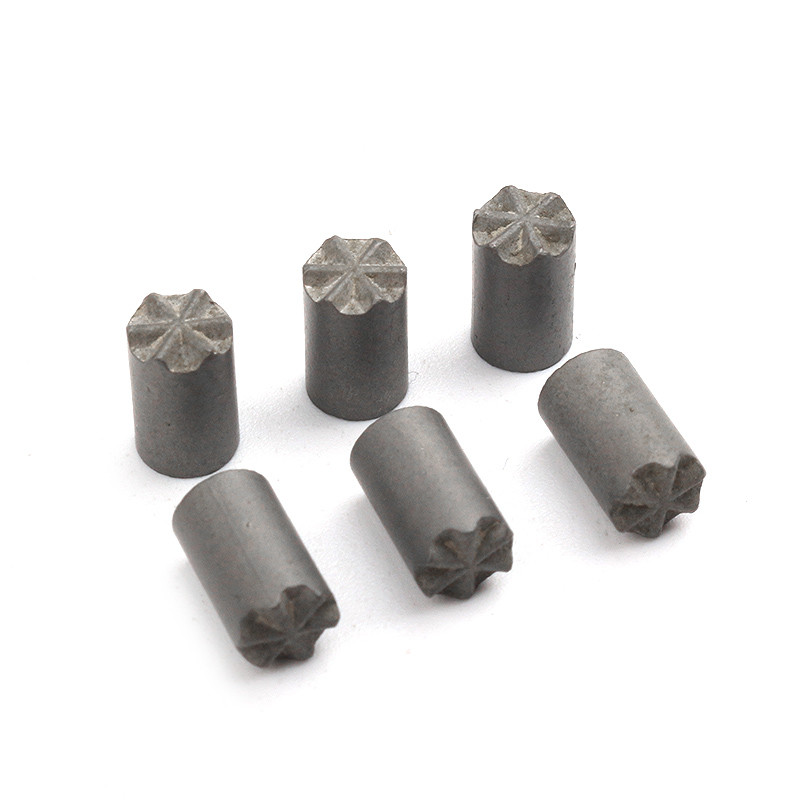The Carbide Non-Slip Pin provides dependable holding power and durability, but like any precision component, it benefits from proper maintenance. A consistent care routine helps maintain performance and extend the service life of these specialized pins.

Regular cleaning is one of the most effective practices. Over time, fine particles from machining or assembly can accumulate on the pin’s textured surface. This buildup may reduce friction and compromise the non-slip function. To clean the pin, use a soft brush or lint-free cloth along with a mild solvent that does not damage carbide.
Inspecting the pin periodically helps identify early signs of wear or surface damage. Look for scratches, flattening of the textured area, or any deformation. Although carbide is highly resistant to abrasion, repeated heavy loading can eventually create localized wear. Replacing worn pins promptly helps maintain the integrity of the fixture or assembly.
Proper installation is also important. When pressing the pin into position, avoid using excessive force that could chip the carbide or deform mating parts. If the fit requires significant pressure, consider verifying the hole size and tolerances to ensure compatibility.
In environments with exposure to cutting fluids or corrosive substances, it is helpful to protect the pins with appropriate coatings or periodic cleaning routines. Although carbide resists most chemical reactions, long-term exposure can affect other components in the assembly and indirectly impact pin performance.
Storage practices also contribute to maintaining pin quality. Store carbide non-slip pins in a clean, dry environment, separated from other metal parts to prevent accidental contact damage. Using protective sleeves or cases reduces the risk of chips and scratches during handling.
For installations where pins are removed and replaced regularly, maintaining clear documentation of their usage can be helpful. Tracking installation dates and inspection intervals supports proactive replacement and reduces unexpected downtime.
By following these maintenance tips, teams can ensure that each Carbide Non-Slip Pin continues to provide stable, precise positioning. Consistent care not only protects the pins themselves but also contributes to smooth, reliable operation across the entire system.
